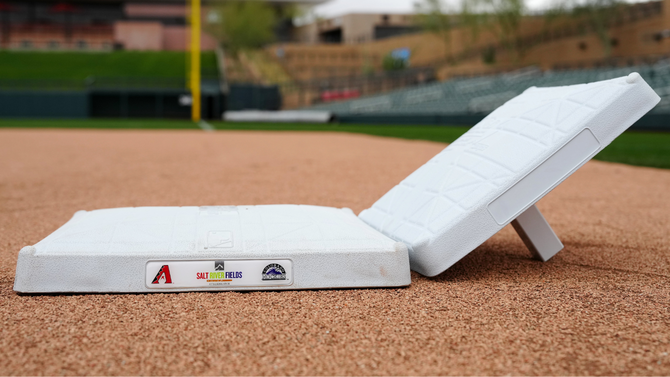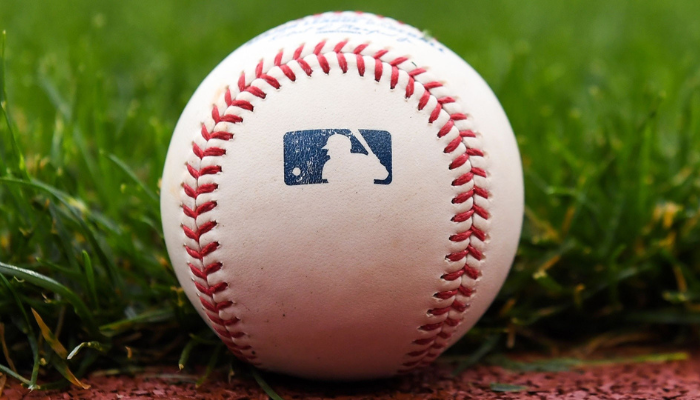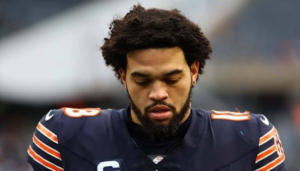The newest exhibition season of Major League Baseball is scheduled to hold on Friday. Every team is expected to play their first spring training contest no later than Saturday. This means that it is time for players, coaches, and fans to get an orientation about the major MLB rule changes MLB made to its rulebook during the off-season.
So, what will the MLB product look like this year? Morgan Sword, the EVP of Baseball Operations, recently told ESPN that the new regulations reflected “probably the biggest change that’s been made in baseball in most of our lifetimes.” It would be easy to point a finger at Sword for overstating matters, but he did have a point: the league will introduce a pitch timer; restrictive defensive positioning; and install bigger bases as a way to enhance the pace of play and, in theory, adding more action to the game by re-incentivizing contact and speed. (The League will also enforce its own baulk rules more religiously.)
So much will change this season, so this would be a good time to provide a breakdown of what the new rules are, how they have been received, and what other changes may be coming.
1. The new rules and how they work
New on-field rules are coming in 2023, and we have answers for your questions: https://t.co/Zk1KFZMumG pic.twitter.com/hFyrkagA34
— MLB (@MLB) February 7, 2023
The pitch timer will be the most omnipresent new feature of the MLB rule changes. Following its implementation, pitchers must begin their deliveries within 15 seconds with the bases empty, and within 20 seconds with at least one runner on the board. Time violations will warrant an automatic ball.
Additionally, pitchers are allowed to “disengage” just twice during any given plate appearance – that includes stepping off the rubber or attempting to pick off a baserunner.
The timer-related rules will also be heeded by hitters too. These are, they must be in the box and “alert” to the pitcher with at least eight seconds left on the clock. They are now allowed only one timeout per plate appearance. If batters violate either aspect, they’ll be charged with an automatic strike.
The new defensive positioning rules will curb over shifts. Teams must have four fielders within the infield boundary whenever the pitcher is on the rubber, with two fielders stationed on either side of the second-base bag at the time of the pitch. Teams are still allowed to bring an outfielder in, either onto the infield or into the shallow outfield. They are not, allowed to employ a four-outfielder alignment. Positioning violations will result in the opposing team’s choice of an automatic ball or the result of the play.

As for the bases, they will be measured at 18 square inches instead of 15 square inches. There are two possible benefits to the chunkier bags: one is enhanced player safety since there is more room available for fielders and baserunners to avoid a potential collision. Another, less likely benefit is giving teams a greater incentive to try a stolen base. After all, the larger bases shorten the distance between stations, increasing the chances of success.
How are baseball fans taking to all this change?
2. What people are saying about the new rules
The first week-plus of camp has seen players questioned for their thoughts on the advantages and implementations of the League’s new rules. There has been a number of opinions, some in favour, others against the latest MLB rule changes.
Ryan Pressly the Houston Astros closer is not a fan of the pitch clock in part because it goes against what players were taught coming up. He did however accept that the pitchers would need to make the tweaks so as to comply with the new rulebook.
“I think every pitcher is taught to be on your own tempo, be controlled, breathe and slow the game down,” Pressly told the Houston Chronicle. “Now the pitch clock is going to affect that a little bit, but we’re all big leaguers. We can make an adjustment.”
Although the timer might work against what pitchers were taught coming up, the shifts extinction might benefit the hitters – especially the ones who defer their own instincts and believe that hitting the ball hard up the middle is good, even a great piece of business.
“I think a lot of us are really looking forward to that,” Chicago Cubs first baseman Eric Hosmer told MLB.com. “It just kind of seems like there’s going to be more hits out there for guys. There’s no worse feeling than hitting the ball hard up the middle and seeing the shortstop standing right there. So maybe this could be better for the offensive player, especially the left-handed hitter.”
Now would also be a good time to mention that Alex Cora the Red Sox manager compared the larger bases to “pizza boxes.” He downplayed any chances the new bases have of sparking the player’s desire to run wild whenever a player was on board.
“Talking to the minor-league coaches and everybody that used the rules last year – it’s not that all of the sudden we’re going to steal 100 bags with a guy,” Cora said. “The value of the out is still in play, and you get 27. So you got to be smart, you got to be efficient.”
This is baseball, teams will find a way to work around the new rules. Yet, it is as though the league will be monitoring clubs closely to ensure that they do not get too creative in a bid to circumvent or exploit the new additions to the rulebook.
“From what I’ve understood, you cannot push the envelope,” Tampa Bay Rays manager Kevin Cash told the Tampa Bay Times. “If MLB defines it, or the umpire says you’re exploiting the rule, they’re gonna say no.”
3. More rule changes may be coming
Major League Baseball may bar players and coaches from finding loopholes in these new rules, but the league (and the MLBPA) may give in to introducing more twists and exceptions to the sport.
One notable fact is that the MLB will keep experimenting with the automated ball-strike system (aka robot umpires) at the Triple-A level. All Triple-A games played Monday through Thursday this year will get their zones dictated by technology.
Games played Friday through Sunday, will employ the automated ball-strike system on a challenge basis.
MLB at some levels and in various leagues played around with the “pie wedge” defensive positioning restriction that makes the area behind second base off limits; the double-hook system that stipulates teams lose their DH if their starting pitcher fails to last five innings; and the “dropped-pitch” rule that enables batters to reach base on wild pitches and passed balls. (Batters who are successful get a hit.)
Will any of these rules or tweaks make their way to the majors? Maybe one day. For now, MLB has made enough new additions to keep everybody on edge – and hopefully on the right side of the pitch timer and the infield boundaries.











